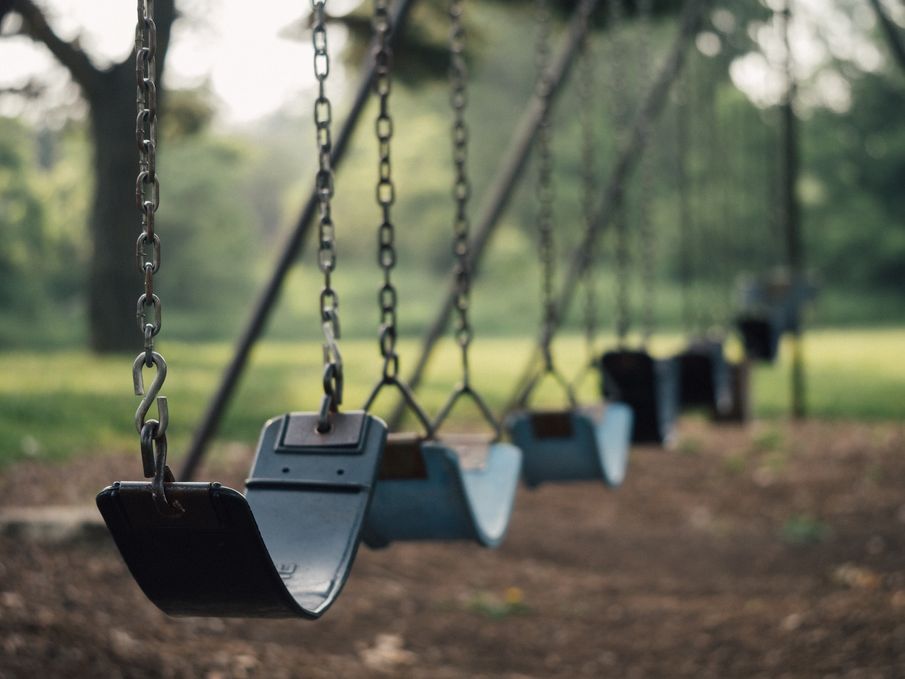In support of #StandUpToBullying Day, Clinical Director at Place2Be, Dr Lynne Green, shares her top tips for parents and teachers
When getting support from Place2Be, children and young people bring all sorts of problems, challenges and concerns with them. One issue that continues to challenge many parents, teachers and school staff across the UK is bullying.
Launched in 2016, #StandUpToBullying Day seeks to bring the nation together to take a collective stand against all forms of bullying; in school, the workplace or elsewhere.
Knowing how to respond in a way that supports all of those affected – including the bullied and their family, as well as the children and young people doing the bullying – can be difficult. Here, Dr Green shares her five top tips to help you STAMP out bullying:
Spot early warning signs
If you know some of the common signs of bullying, it can help you to intervene as early as possible. Sometimes, children and young people who bully others can experience some of these symptoms too.
- Avoiding school
- Physical health problems or complaints
- Unexplained changes in behaviour
- Loss of appetite
- Poor sleep
- Missing or damaged property
Did you know? Nearly 70% of those bullied never sought help, from anyone. Learn more about the signs of bullying, and what you can do to help on Counselling Directory.
Talk openly
Those who confide in people they trust when the going gets tough are more likely to be able to weather the storm. Encourage conversations about positives and negatives in the school day, and consider what it means to be a good (and not so good) friend.
Some of these healthy ways of expressing emotions are particularly useful for pupils who tend to lash out or be confrontational with others – those who might sometimes be considered bullies themselves.
Advocate for the child
Listen to children and try not to dismiss their concerns. Trust your judgement to distinguish serious problems from ordinary complaints. It can also be helpful and confidence-boosting to ask children “what can I do to help?” and let them know that you are 100% there for them.
Model a healthy attitude towards others
Try to demonstrate positive values towards others through your own behaviour. This isn’t just about teaching children not to be aggressive. Challenge hurtful jokes, spreading rumours or observing mean behaviour and not doing anything about it, as they can all be forms of bullying too.
Partnerships between schools and parents
Children who are bullied tend to feel very isolated and powerless, and their parents can often share that powerlessness. Parents and teachers can help to address that by developing a partnership to tackle the bullying together.
This article is an excerpt of a resource originally posted on Place2Be’s website.
For more information, including further resources for parents and carers, visit the Place2Be website. For bullying advice for children and young people, visit YoungMinds.
For mental health support and to find a counsellor, visit Counselling Directory.
Place2Be is a children's mental health charity providing school-based support and in-depth training programmes to improve the emotional wellbeing of pupils, families, teachers and school staff. Place2Be’s work is supported by the players of the People’s Postcode Lottery.


Comments